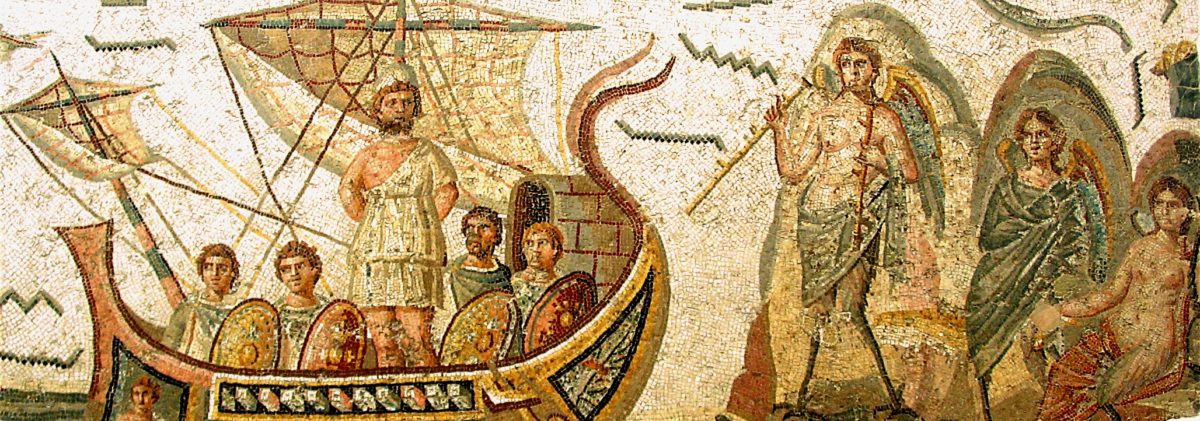The ancient Greeks told many stories about their god Zeus raping mortal adolescent girls, often shape-shifting into various animal and human forms in order to do so. Just to name a few examples, he is said to have abducted the Phoenician princess Europe in the form of a bull and raped her, raped the Aitolian princess Leda in the form of a swan, raped the Boiotian princess Antiope in the form of a satyr, raped the Argive princess Danaë in the form of a shower of gold coins, and tricked his own great-granddaughter Alkmene into having sex with him by impersonating her husband Amphitryon (which is, of course, another form of rape).
There’s a popular modern joke that 90% of the problems in Greek mythology are caused by Zeus not being able to “keep it in his pants,” but, even in ancient times, Zeus’s rapacious habits were already the subject of mockery. The Athenian playwright Aristophanes (lived c. 446 – c. 386 BCE) wrote a comedy titled The Clouds, which was first performed at the City Dionysia in Athens in 423 BCE and later revised at some point between 420 and 417 BCE. In the play, an amoral character gives advice on what a man should do if he is caught in the act of adultery, saying, in lines 1080–1081, that he should “. . . ἐς τὸν Δί᾽ ἐπανενεγκεῖν, κἀκεῖνος ὡς ἥττων ἔρωτός ἐστι καὶ γυναικῶν:” (“. . .point at Zeus, and how he is also overcome with lust for women!”)
Many people, however, are not aware that Zeus’s habit of raping adolescents was not exclusively heterosexually oriented. In fact, in ancient times, one of the most famous stories about Zeus abducting and raping someone was about how he abducted a handsome adolescent boy named Ganymedes in the form of an eagle and forced him to become his catamite.
Continue reading “Ganymedes: The Adolescent Boy Zeus Abducted and Raped”








